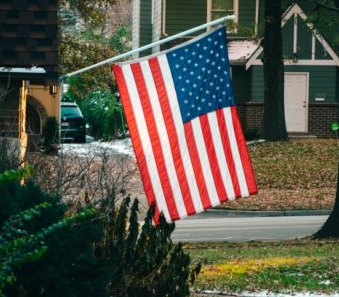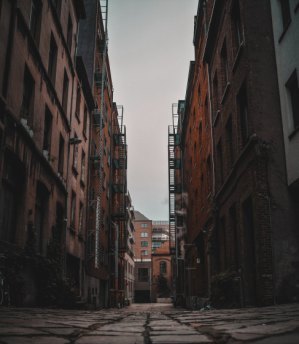 American folk dwellings are a testament to the rich tapestry of cultural influences, architectural innovation, and the enduring spirit of its people. These unique homes, deeply rooted in the traditions of diverse ethnic groups and various geographical regions, narrate a story of adaptation, heritage, and the ever-evolving American dream.
American folk dwellings are a testament to the rich tapestry of cultural influences, architectural innovation, and the enduring spirit of its people. These unique homes, deeply rooted in the traditions of diverse ethnic groups and various geographical regions, narrate a story of adaptation, heritage, and the ever-evolving American dream.
These dwellings, reflective of the nation’s history and its melting-pot culture, have their origins in the early colonial era and have continued to evolve to this day. As each group of settlers, immigrants, and indigenous peoples left their mark on the American landscape, they created distinctive architectural styles and building techniques.
In the rural South, for instance, one can discover traditional log cabins, a legacy of the early European settlers. These cabins, constructed from hand-hewn logs, embody the practicality and resourcefulness of their builders.

Heading westward, Native American influences, such as adobe homes in the Southwest and wigwams on the Great Plains, became prominent. These dwellings made use of locally available materials and seamlessly blended with the environment.
In the Northeast, the iconic saltbox houses with their steeply sloping roofs and central chimneys became emblematic of colonial America. These homes were both functional and aesthetically pleasing, reflecting the craftsmanship and pride of their owners.
Dutch colonial houses in New York showcased the adaptation of European architectural styles in early American settlements. With gambrel roofs and symmetrical facades, they exemplify how immigrants integrated their traditional designs into the American landscape.

The Spanish missions in the Southwest are a fusion of European and Native American influences. Their thick adobe walls and simple, elegant design represent the harmonious coexistence of different cultures in the region.
Entering the 19th and 20th centuries, Victorian-era folk dwellings featuring ornate details and eclectic architectural elements became prevalent. These homes mirrored the opulence and diversity of the era, often combining various architectural styles into one structure.
As time progressed, the American landscape continued to transform. Mid-century modern homes, designed for simplicity and functionality, emerged as a significant architectural style. These homes, characterized by clean lines, open spaces, and large windows, embodied the evolving needs and aspirations of American families.
Today, American folk dwellings continue to adapt and evolve. Modern homes come in a variety of architectural styles, often incorporating sustainable and energy-efficient features in response to environmental concerns.
What truly sets American folk dwellings apart is their remarkable ability to adapt and evolve, mirroring the transformation of the nation over the centuries. These homes represent the multicultural and dynamic character of America, where different traditions, materials, and designs coexist, resulting in a vibrant and diverse architectural landscape. American folk dwellings are not merely houses; they are a living testament to the American spirit and the nation’s rich history.
